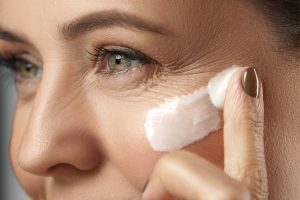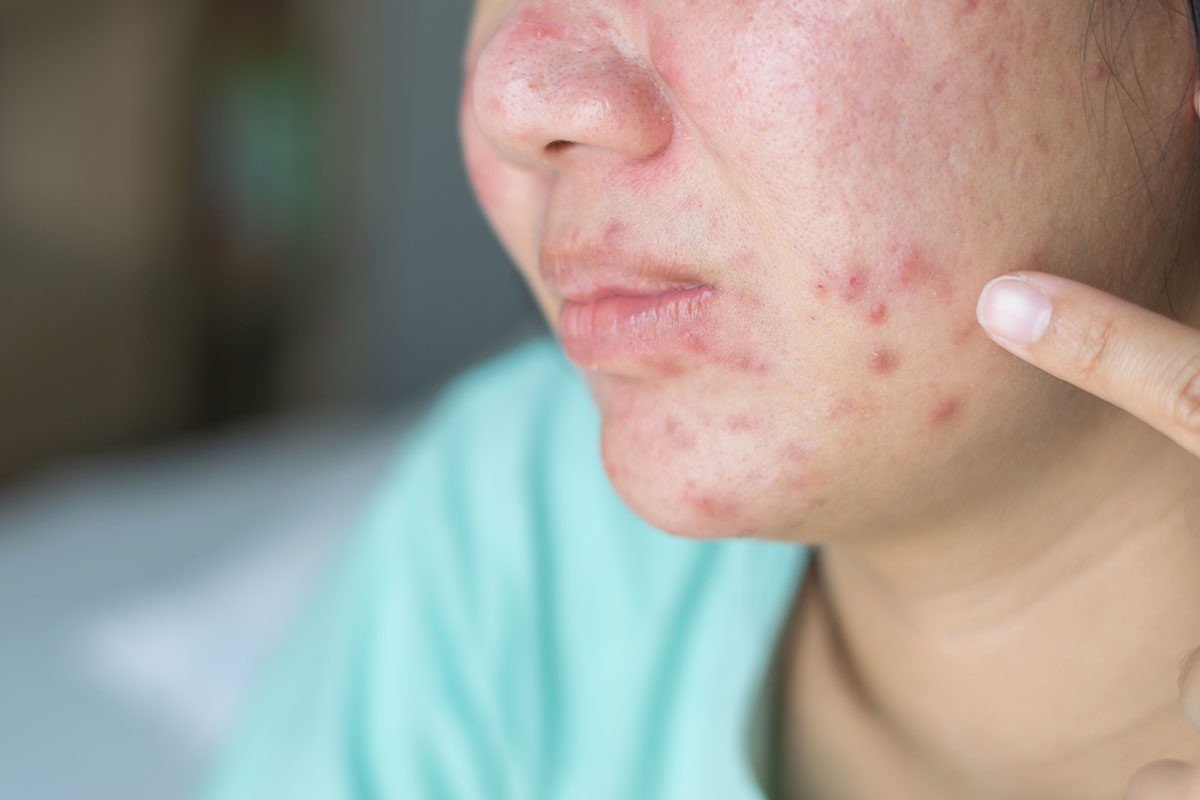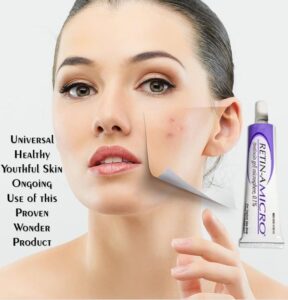
What happens if you stop using Tretinoin?
What happens if you stop using Tretinoin? I have been using tretinoin for just over 2 decades now, and this question is often a talking
Please check out our 3600 5 star product & website reviews from our loyal customers !!

The acne drug Retin-A is a generic version of topical tretinoin. In the United States, topical tretinoin is only available with a prescription. Adapalene is the only retinoid drug available over the counter (Differin).
In most cases, topical tretinoin is used to treat active breakouts as a short-term therapy as well as a long-term treatment choice. It’s used to treat acne lesions that are difficult to remove.
Tretinoin works for a lot of people, but it doesn’t work for everyone. Continue reading to learn more about tretinoin and what you should know before using it to treat acne.
Tretinoin is a retinoid, which means it’s a vitamin A derivative. Retinoids help your skin’s cells to turn over. As new skin cells rise to the surface, dead skin cells are cleaned away more quickly.
Quicker cell turnover clears your pores, allowing bacteria and irritants that cause acne to escape.
Retinoids, such as tretinoin, also improve your skin’s natural oil (sebum) production, which can help you avoid outbreaks in the future. They have anti-inflammatory effects as well, which help to clear aggressive acne pustules.
Tretinoin’s effect on the visual indications of ageing has been thoroughly researched.
Tretinoin cream has been shown to reduce the appearance of wrinkles in both the short and long term. As a result, tretinoin is a common ingredient in over-the-counter face and eye products.
Tretinoin can also be used to reduce acne scarring’s appearance. Tretinoin can induce new cell development at the site of scarring by speeding up cell turnover on your skin.
Tretinoin has been proven to be an effective treatment for acne scars in different types. Tretinoin is also sometimes used to prepare the skin for scar-reduction chemical peels.
The use of tretinoin for acne can have negative side effects. Some adverse effects may be more severe than others, and not everyone will experience them all. The following are examples of possible negative effects:
The effects of tretinoin can take up to 12 weeks to appear. If using it causes your skin to get inflamed, consult a doctor to establish if your symptoms are within the typical range for OTC tretinoin.
Tretinoin should not be used by women who are pregnant or breastfeeding.
When you’re using tretinoin, you should be extremely cautious about sun exposure. Tretinoin, like all retinoids, thins your skin, making it more vulnerable to UV damage and sunburn.
When heading outside, make sure to apply sunscreen and consider taking additional precautions such as wearing a hat with a brim.
If you think you’re having an allergic response to tretinoin or are experiencing major adverse effects, stop using it right once and seek medical help.
Other topical acne drugs may interact with tretinoin, causing irritation or exacerbating adverse effects such as skin burning.
Avoid using other topical skin treatments (such as benzoyl peroxide or salicylic acid, as well as sulfur-containing products) while using tretinoin unless it’s part of a plan you’ve discussed with your doctor.
Also, stay away from products that dry up your skin, such as astringents and alcohol-based cleansers.
If you wish to use tretinoin to treat acne, start with a cream or gel that contains a small amount of the active component tretinoin (0.025 percent). As your skin becomes acclimated to the therapy, you can gradually increase the amount used.
If your skin doesn’t improve after 8 to 12 weeks, consult a dermatologist about prescription-strength tretinoin or other treatment alternatives.
Tretinoin is a long-term acne therapy that is quite successful. While it may not work for everyone, studies show that it can help to balance out skin tone, cure outbreaks, and reduce the appearance of acne scarring by encouraging cell turnover.
Tretinoin can worsen acne during the first few weeks of treatment, but you should see results after a few weeks.

What happens if you stop using Tretinoin? I have been using tretinoin for just over 2 decades now, and this question is often a talking

Retinoid Cream for stretch marks. Is it an effective and safe treatment option? Diagnosis of Stretch Marks Stretch marks don’t always require a diagnosis. Your

Tretinoin vs Retinol? If you’ve been doing your skincare for a while, you’ve probably heard of Retinol and maybe even seen it pitted against Tretinoin,

Does Tretinoin work on wrinkles? Does Tretinoin work on wrinkles? The short answer for this question is just a simple yes and I will explain
We have 3000+ Positive Reviews on Website

© TRETINOIN WORLD 2022
Products are sourced and delivered Wordwide.